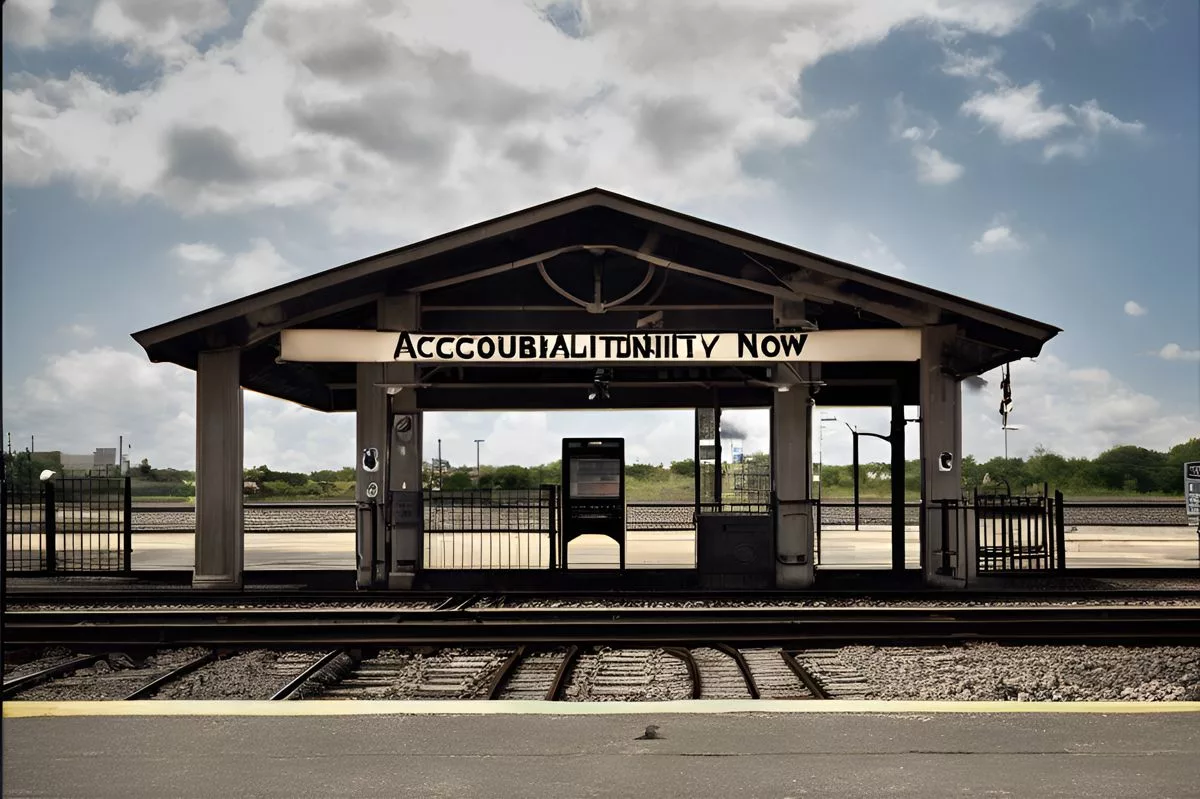Planned water supply disruptions are happening in some areas of the city to improve the water supply infrastructure. Citizens are encouraged to store adequate water in clean, sealed containers and keep their taps closed during the disruption phase. The City is managing water pressure more efficiently to reduce potential pipe bursts and unnecessary water wastage. Follow @CityofCTAlerts on Twitter for real-time updates.
“How can citizens prepare for water supply disruptions in cities?”
Residents impacted by planned water supply disruptions in cities are encouraged to be aware of the work and prepare accordingly by storing adequate water in clean, sealed containers and keeping their taps closed during the disruption phase. The City’s Water Demand Management Strategy aims to manage water pressure more efficiently, reducing potential pipe bursts and unnecessary water wastage. Follow @CityofCTAlerts on Twitter for real-time updates.
Section 1: Embracing Necessitated Disruptions
From the 27th to 29th of February 2024, the rhythm of city life will undergo a minor, albeit necessary, pause. The City’s Water and Sanitation Directorate is preparing for critical work on our water supply infrastructure. This temporary intermission in standard operations is essential to the enhancement of the system and by association, advantageous to the consumers.
The work is planned to transpire within pinpointed locations, and as a result, this venture will inevitably result in disruptions to the water supply. As inconvenient as this may be, the City extends heartfelt apologies for any discomfort that may ensue.
The citizens residing within the impacted zones are strongly urged to be cognizant of the impending work and thus encouraged to brace themselves accordingly. The procedure will encompass Zero-pressure tests (ZPTs) and conditional assessments, slated to occur on the 27th, 28th, and 29th of February.
Section 2: The Significance of Testing and Assessments
ZPT and step-testing are fundamental to the installation of pressure management technology and for this reason, preliminary testing is compulsory. This stage guarantees that uncharted water inflows are considered prior to the fitting of smart pressure-reducing valves. As the operations unfold, some inhabitants may experience dwindling water pressure or a temporary halt in water supply during the test phase at night. Predicting precise locations of disruptions is challenging, however, broad regions affected have been identified.
Conversely, conditional testing certifies that the pressure-reducing valves (PRVs) within the water supply framework are functioning effectively. These valves primarily regulate pressures at predetermined settings to extend the durability of the pipeline, thereby reducing water wastage that arises from pipe bursts. Residents may encounter pressure variations, but efforts will be made to minimize these fluctuations as much as possible.
Section 3: The City’s Water Demand Management Strategy
The imminent work is a crucial component of the City’s Water Demand Management Strategy. By managing water pressure more efficiently, the probability of pipe bursts and unnecessary water wastage is considerably curtailed.
As the City prepares for these large-scale, planned water supply disruptions, residents are advised to make necessary preparations. Despite every effort to schedule this essential work during least obstructive periods, repair and upgrade sites are strictly off-limits for public access. The operations might prove to be more complex than anticipated and may potentially extend beyond the estimated timeline. Nonetheless, the ultimate goal remains unaltered – to deliver superior, more efficient services.
Section 4: Anticipated Aftereffects and Proactive Measures
In the aftermath of these disruptions, water may initially seem discolored or cloudy. However, if allowed to settle in a glass, it will return to its clear state.
Residents are therefore advised to adopt a proactive approach, storing adequate water in clean, sealed containers and keeping their taps closed during the disruption phase.
The seemingly stagnant periods in this grand act of urban development are merely stepping stones towards a more harmonious future. The City, in its relentless pursuit of providing seamless services, is persistently evolving and progressing. This temporary pause is a testament to the City’s dedication towards excellence and sustainability.
Be sure to follow @CityofCTAlerts on Twitter for real-time updates. As we maneuver through these transient changes, let’s proceed with understanding, patience, and our mutual dedication to a brighter tomorrow.
1. When will the planned water supply disruptions occur?
The planned water supply disruptions will occur from the 27th to 29th of February 2024.
2. Why are these disruptions necessary?
The disruptions are necessary to improve the water supply infrastructure and implement pressure management technology to reduce potential pipe bursts and unnecessary water wastage.
3. What should residents do to prepare for the disruptions?
Residents impacted by the disruptions are encouraged to store adequate water in clean, sealed containers and keep their taps closed during the disruption phase.
4. What is the Water Demand Management Strategy?
The Water Demand Management Strategy is a plan to manage water pressure more efficiently and reduce potential pipe bursts and unnecessary water wastage.
5. What can residents expect during and after the disruptions?
During the disruptions, residents may experience dwindling water pressure or temporary halts in water supply, and after the disruptions, water may initially appear discolored or cloudy but will return to its clear state.
6. Where can residents find real-time updates about the disruptions?
Residents can follow @CityofCTAlerts on Twitter for real-time updates about the disruptions.












